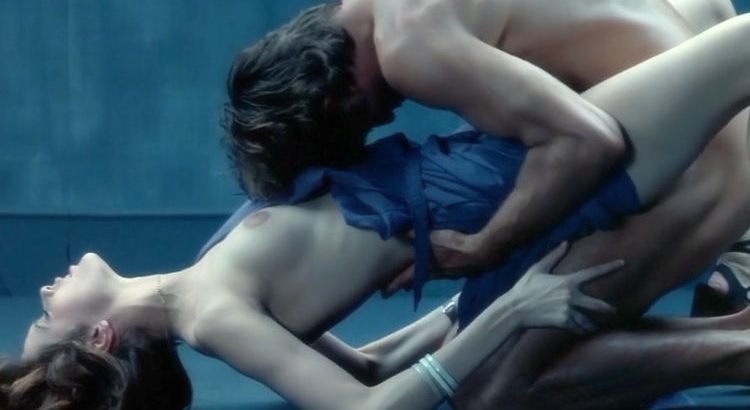
Emmanuelle is a huge box-office success, so a sequel is immediately asked. It arrived the following year. But this is only the beginning of a long-running saga, and after the second chapter, many others came.
Sylvia Kristel is still the face of this erotic heroine, but the first changes are coming.
Emmanuelle: L’antivierge
The second chapter of Emmanuelle‘s cinematic adventures was released in 1975 with the title Emmanuelle: L’antivierge. The director is Francis Giacobetti, a well-known French photographer making his debut as a film director. The film follows Emmanuelle to Hong Kong, where she further explores her sexuality through new erotic experiences, including a relationship with a young female archaeologist, Anna-Maria.

The film was a huge success, surpassing the incomes of the first: 500,000 spectators in Paris alone, in the first week. Giacobetti used innovative techniques for the time, such as the telephoto lenses to create a voyeuristic atmosphere. The music, composed by Francis Lai, won a César Award. In some countries, the film had significant cuts. In Japan, for example, the scenes of full-frontal nudity were censored.

The Thai massage became one of the most famous and imitated scenes of that time. One of the masseuses was Laura Gemser, another icon of erotic cinema.
Emmanuelle: L’antivierge is considered by many critics as the high point of the original series, combining sophisticated eroticism with high-quality production and socially relevant themes for the time.
Goodbye Emmanuelle
The third chapter of the saga arrived two years later, directed by François Leterrier. Set in the Seychelles, the film follows Emmanuelle and her husband Jean as they explore new relationship dynamics, including polyamory. Emmanuelle falls in love with an American director, testing the limits of her open marriage. It is the first Western film shot entirely in the Seychelles, helping to promote the archipelago as an exotic tourist destination. Serge Gainsbourg’s music and Pierre Bachelet’s song Goodbye Emmanuelle become independent hits.
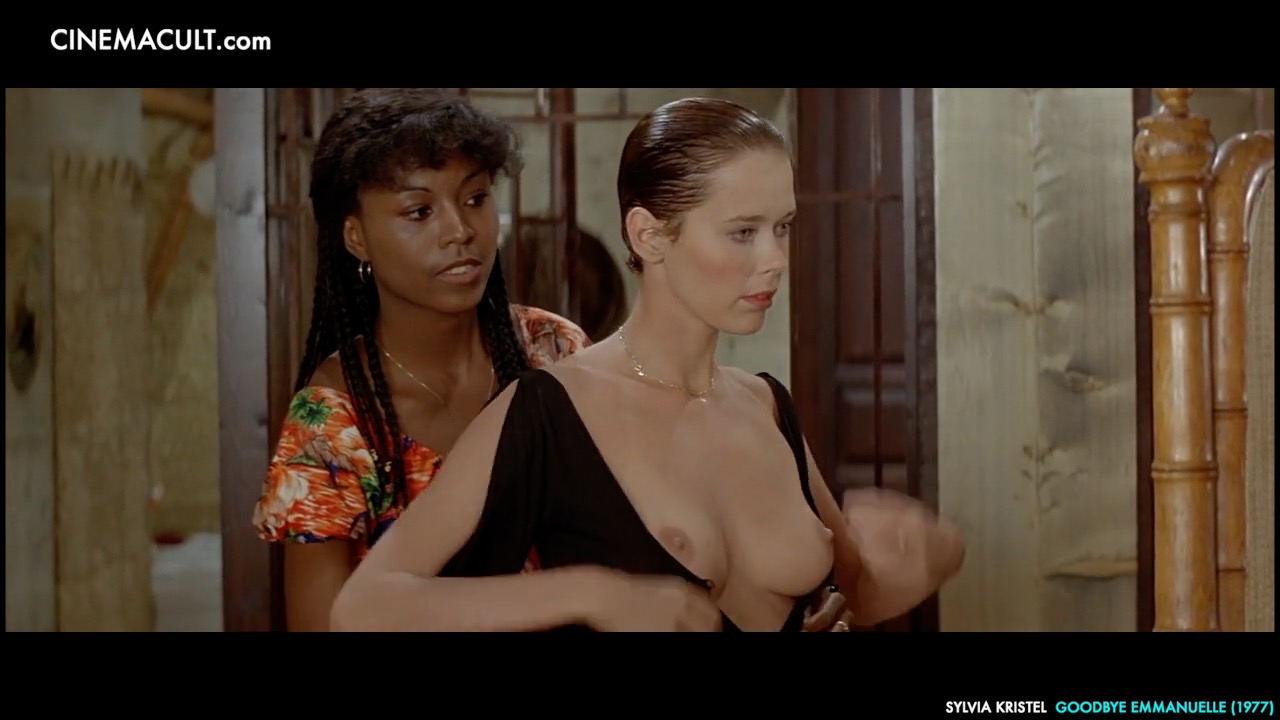
The film concludes the original trilogy with Sylvia Kristel in the role of Emmanuelle. Unlike its predecessors, this chapter has a more serious and thoughtful tone, exploring the emotional consequences of sexual freedom. There is also a cameo by Olga Georges-Picot, a well-known French actress, who appears in a supporting but significant role.

Emmanuelle 4
Seven years later, directors Francis Leroi and Iris Letans brought the fourth chapter of the series to the cinema. The film features a “new” Emmanuelle who, after plastic surgery, takes on a different identity to escape her past and explores new sexual adventures in Brazil and the Seychelles. Sylvia Kristel appears at the film’s beginning, ready to sit on the surgeon’s bed. After the surgery, we are introduced to the new Emmanuelle, played by Mia Nygren. It is the first major role for this Swedish actress, who was only 24 years old at time.
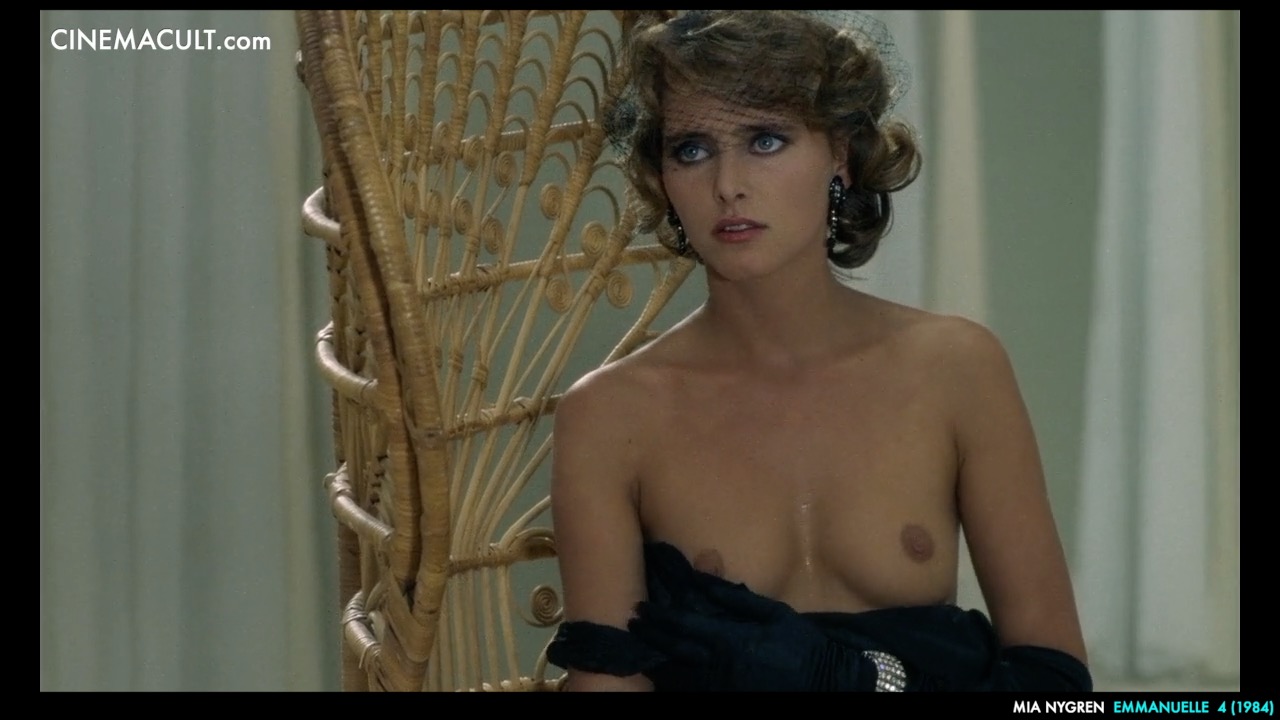
The film received mixed reviews, with some appreciating the renewal of the series, while others found it less sophisticated than its predecessors. Emmanuelle 4 nevertheless marked a turning point, adapting the character to the tastes of the 80s and opening the way for a new era of more explicit erotic films.
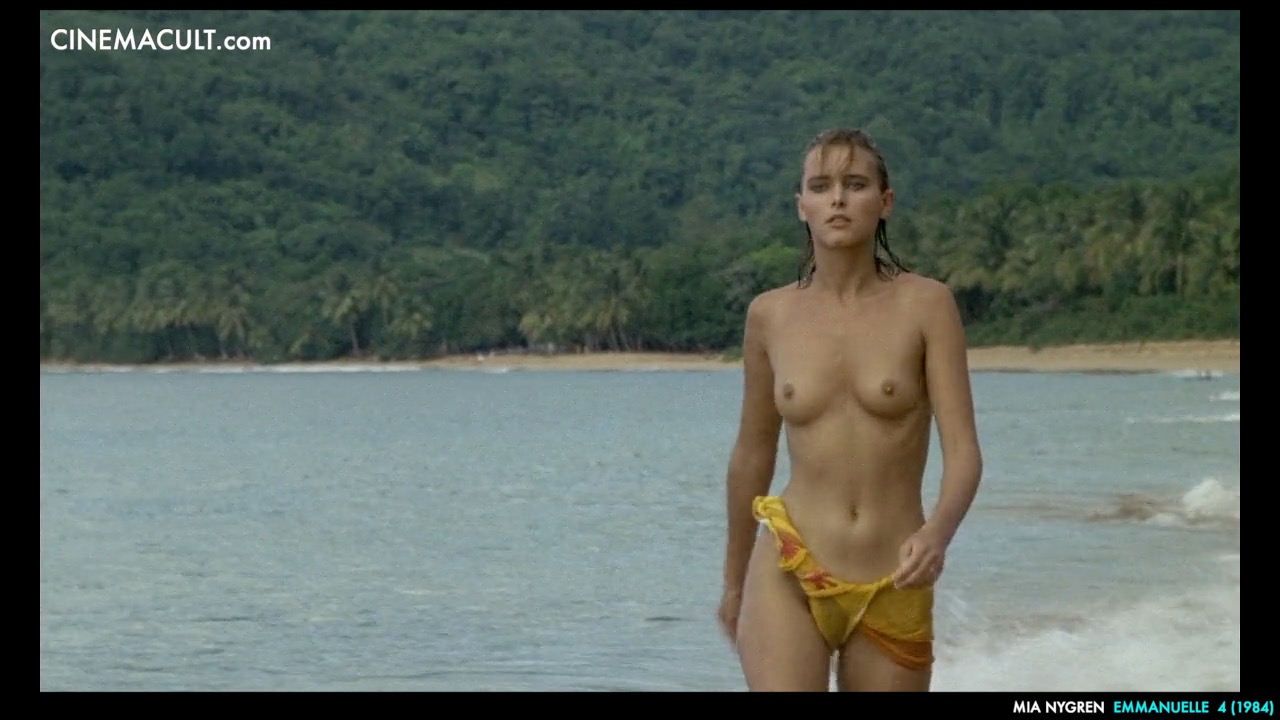
Emmanuelle 5
In 1985, ASP Films, owner of the Emmanuelle franchise, approached Polish director Walerian Borowczyk to direct the fifth installment of the series. He enthusiastically accepts, but soon finds himself in conflict with the producers. There are problems with the casting and his directorial choices. In 1994, interviewed by Video Watchdog magazine, Borowczyk says that almost the entire film was made by his assistant Steve Barnett.
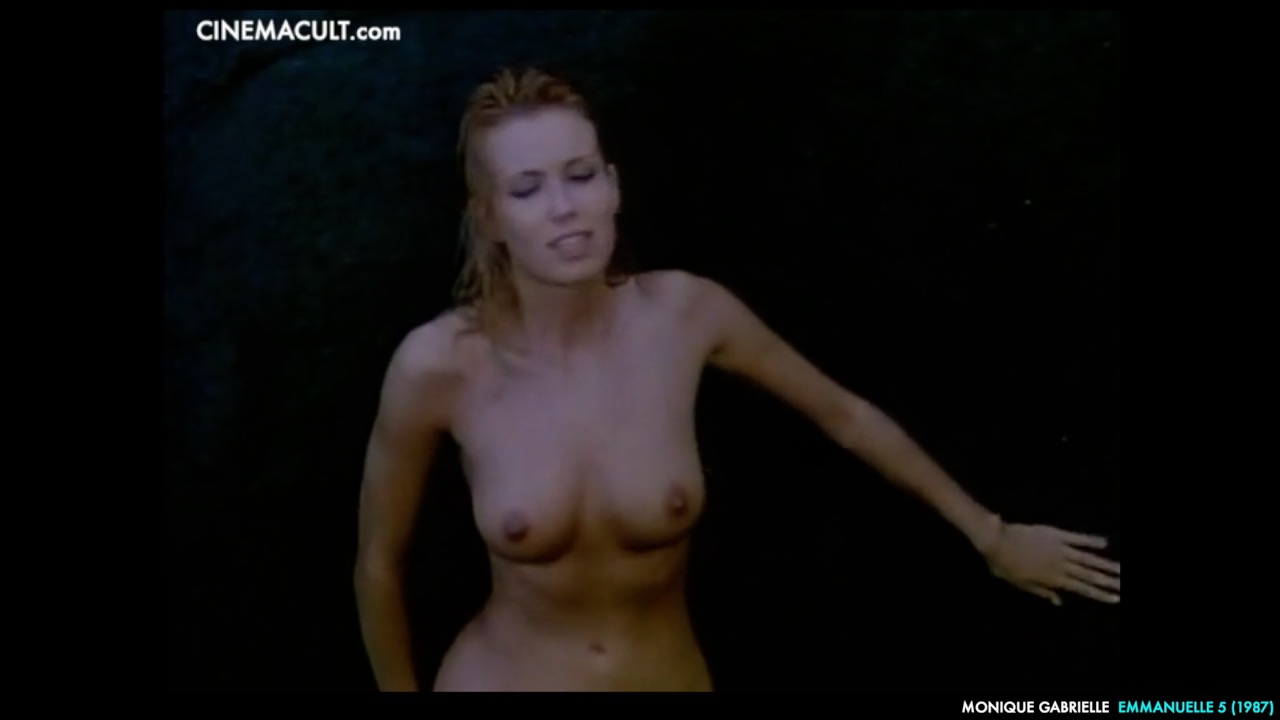
Emmanuelle is played by Monique Gabrielle, without explaining to the public why her face has changed from the previous film. She is a free woman, who makes erotic films and runs a dance studio in her loft in Paris.
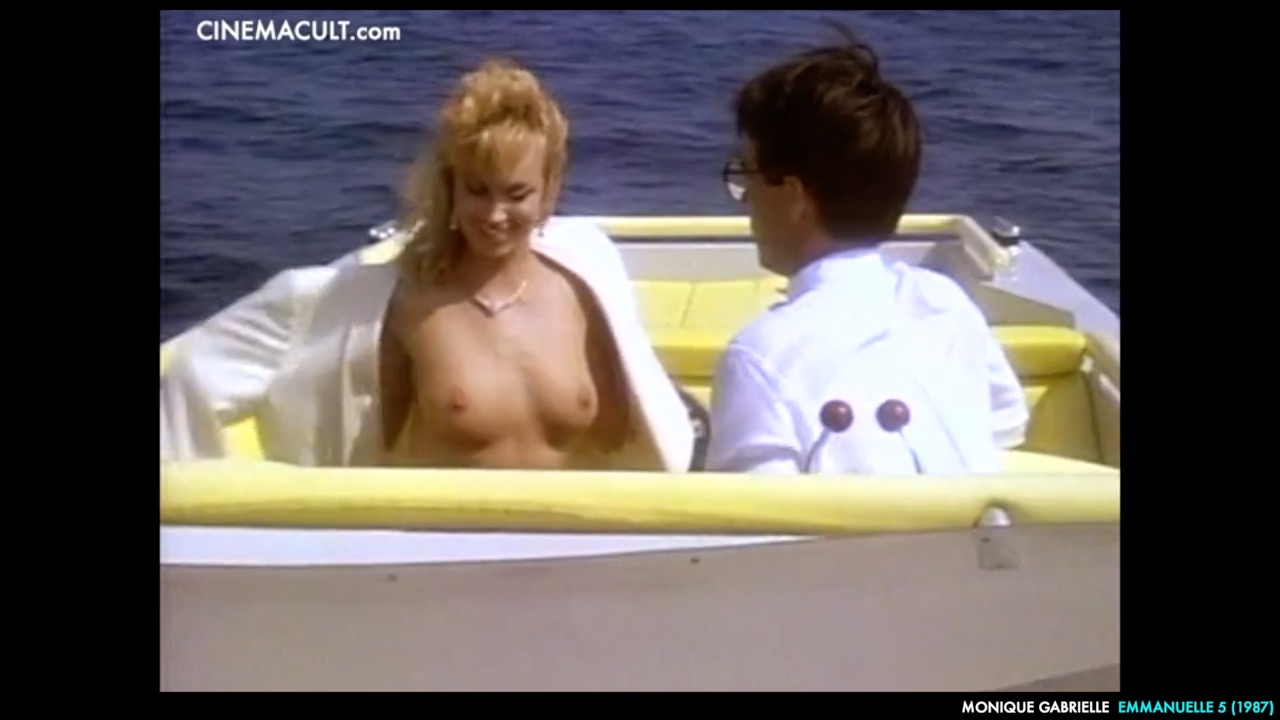
There are at least three versions of the film. The first is the European cinematic version, also known as the “Borowczyk version”. The second is the American version, which includes new scenes produced by Roger Corman and directed by Steve Barnett. The original cast members, and the new actors, were brought to Los Angeles a year later to shoot additional footage. This version was completed in 1987 and also included Borowczyk’s discarded footage. Finally, there is a French home video version, with the addition of hardcore sequences that do not include any actor from the main cast.
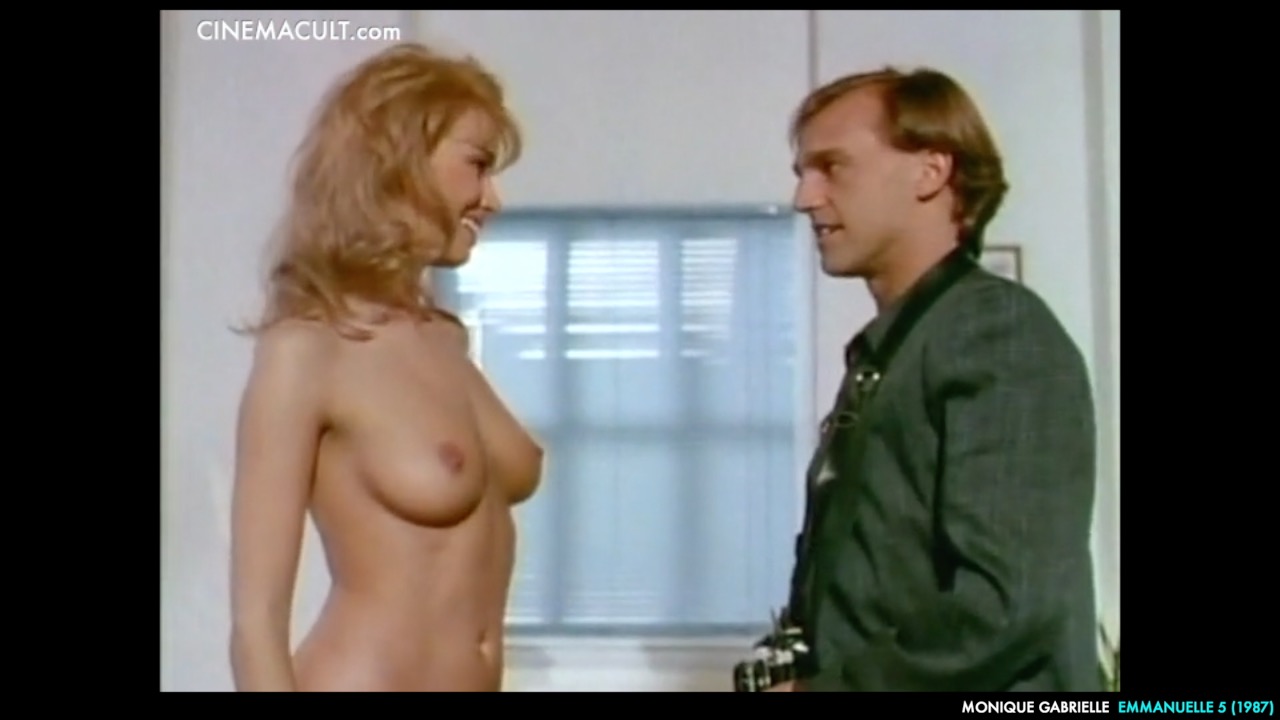
Emmanuelle 6
Another face change for Emmanuelle, who in this 1988 film directed by Bruno Zincone is played by the young Austrian actress Natalie Uher. Our heroine returns from Venezuela and is the victim of amnesia. With the help of a psychiatrist, she brings back memories of days gone by.
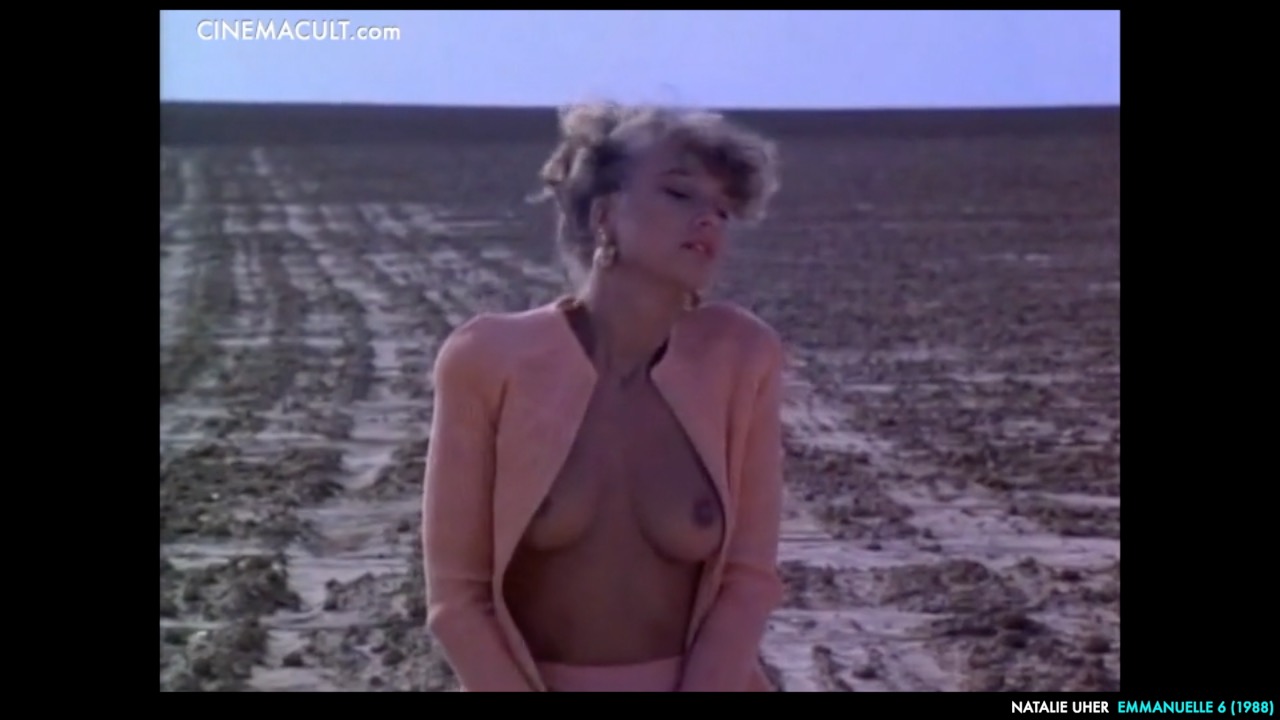
Another movie with different versions. There is a softcore version of about 80 minutes and a 91-minute version with some hardcore inserts directed by Jean Rollin. The character of Emmanuelle begins to be distorted, and the film earns very little.

Emmanuelle au 7ème ciel
This is the last episode of Emmanuelle main saga, and sees the return of Sylvia Kristel in the role of the character. The direction is by Francis Leroi and it is the last film to be distributed in cinemas. All future episodes will be made as TV movies.
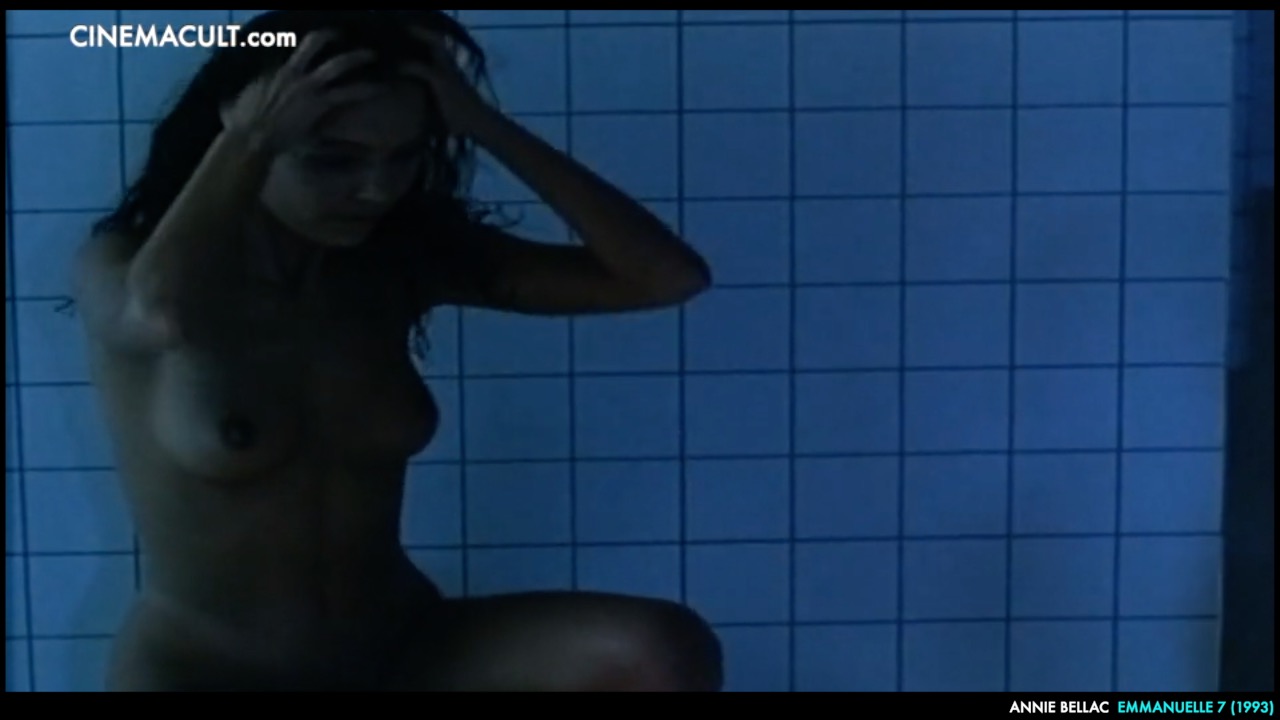
Emmanuelle now runs a virtual reality lab that uses her clients’ memories and desires to help them achieve sexual ecstasy or help them heal, depending on their problem. The first to be helped is one of Emmanuelle‘s friends, traumatized by a youthful sexual experience when a nun splashes her with cold water after catching her fornicating with a boy. Of course, Sylvia Kristel does not undress. In her flashbacks from the past, our heroine is played by Annie Bellac, who acted only in this movie.